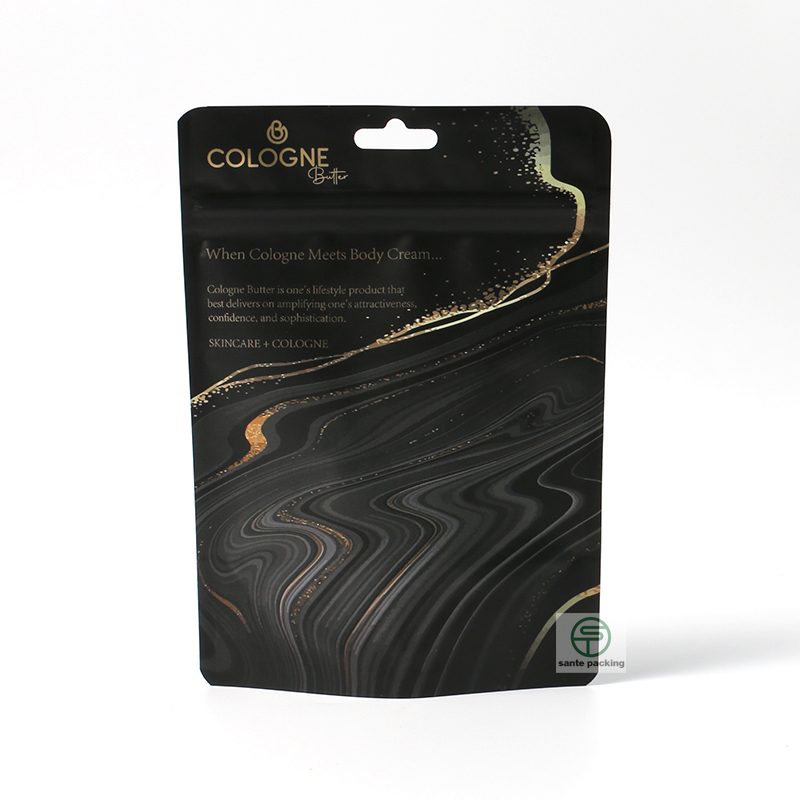
A stand-up pouch is a versatile packaging solution designed to stand upright, providing optimal display, storage, and usage efficiency.
This guide will cover all essential details of the stand-up pouch manufacturing process.
Step 1: Define the Purpose of the Stand-Up Pouch
The first step is to identify the specific purpose of the stand-up pouch—whether it’s for preserving, protecting, or storing products. Understanding the intended use is crucial for selecting the appropriate materials and design.
Step 2: Designing the Stand-Up Pouch
Once the purpose is clear, the next step is to create a conceptual design using design software. This process involves determining factors like capacity, shape, and any special features such as zippers or spouts, based on the product’s needs and market expectations.
Step 3: Choosing the Right Material
The material used plays a critical role in the pouch’s functionality. Options include aluminum foil for moisture and oxygen barriers, or polymers for mechanical strength and heat-seal capabilities. A typical stand-up pouch has three layers—inner, middle, and outer—each made from different materials to ensure durability and protection.
Step 4: Selecting the Appropriate Design
The design of the pouch depends on the product it will contain. Liquid products may require a spout, while dry goods might need a ziplock. Customizing customer preferences and market demands is vital for enhancing product visibility and usability.
Step 5: Manufacturing the Stand-Up Pouch
The manufacturing process involves creating a W-shaped gusset, adding any required closures like zippers, and sealing the pouch’s sides. The pouch is then filled with the product, sealed, and cut to the desired shape.
Step 6: Quality Testing
Finally, the pouches undergo rigorous quality testing, including tensile, drop, burst, and puncture resistance tests, to meet industry standards.
For more information or inquiries about our stand-up pouches, feel free to contact us


